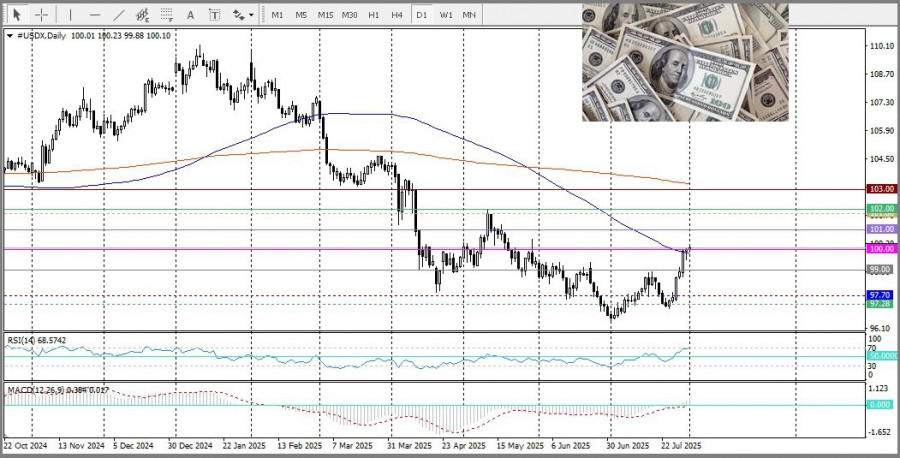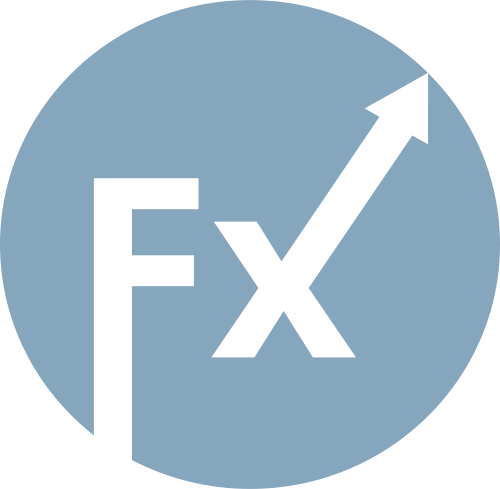Today, gold is attempting to regain positive momentum for the second consecutive day. On Wednesday, Federal Reserve Chair Jerome Powell disappointed those expecting an immediate rate cut, noting that it is too early to discuss potential borrowing cost reductions at the September meeting. He also emphasized that the current moderately restrictive monetary policy does not hinder economic growth and helps address the ongoing uncertainty related to tariffs and inflation.
The Fed's positive economic outlook was confirmed by the preliminary U.S. GDP report, which showed that the economy grew by 3% year-over-year in the second quarter. On Thursday, the U.S. Bureau of Economic Analysis reported that the Personal Consumption Expenditures (PCE) price index rose to 2.6% in June from 2.4% in May.
The core PCE index, which excludes food and energy price volatility, increased by 2.8% month-on-month, matching the May reading and surpassing analysts' expectations of 2.7%. These data support expectations of increasing inflationary pressure in the second half of the year and push back the start of the Fed's rate-cutting cycle at least until October. As a result, the U.S. dollar reached a multi-month high, limiting gold's upward potential.
On Thursday, U.S. President Donald Trump signed an executive order introducing new trade tariffs on several partners, set to take effect on August 7. The Trump administration stated that tariffs would remain at 10% for countries running trade surpluses with the U.S., and at a minimum of 15% for those with trade deficits. However, the future of U.S.–China trade relations remains uncertain. Despite two days of negotiations between U.S. and Chinese delegations this week, the two largest economies have yet to reach an agreement. U.S. Treasury Secretary Scott Bessent indicated that the decision to extend the 90-day trade truce, set to expire at the end of the month, would be made by President Trump. This provides some stability and discourages risk-taking among investors, thereby supporting demand for safe-haven assets.
Despite two days of negotiations between U.S. and Chinese delegations this week, the two largest economies have yet to reach an agreement. U.S. Treasury Secretary Scott Bessent indicated that the decision to extend the 90-day trade truce, set to expire at the end of the month, would be made by President Trump. This provides some stability and discourages risk-taking among investors, thereby supporting demand for safe-haven assets.
Traders are advised to proceed with caution and await the release of the U.S. NonFarm Payrolls (NFP) report for July. On Friday, the ISM Manufacturing PMI is also scheduled for release, which could influence the dollar and provide further direction for the precious metal.
From a technical perspective, the $3315 level reached yesterday now serves as an immediate resistance for gold prices. A breakout above this level may trigger short-covering and lift the XAU/USD pair above the next resistance at $3330, with a potential move toward the key $3350 level. Continued buying could pave the way toward reclaiming the psychological $3400 mark.
On the other hand, the 100-day simple moving average (SMA), located near $3270, continues to act as support. A decisive break below this level could push prices down to the June low around $3245. A further downward trajectory could extend to the $3200 level, although some resistance may be encountered along the way. Moreover, daily chart oscillators remain in negative territory.

QUICK LINKS